Women deal with various health issues from time to time; one of them is endometriosis. It is a chronic condition that leaves someone in silent agony due to abdominal pain. Despite affecting nearly 10% of reproductive-aged women around the world, this condition is frequently misdiagnosed or dismissed.
Let’s learn more about this condition, including its symptoms, causes, and several ways to detect it early. Read on!
What is Endometriosis?
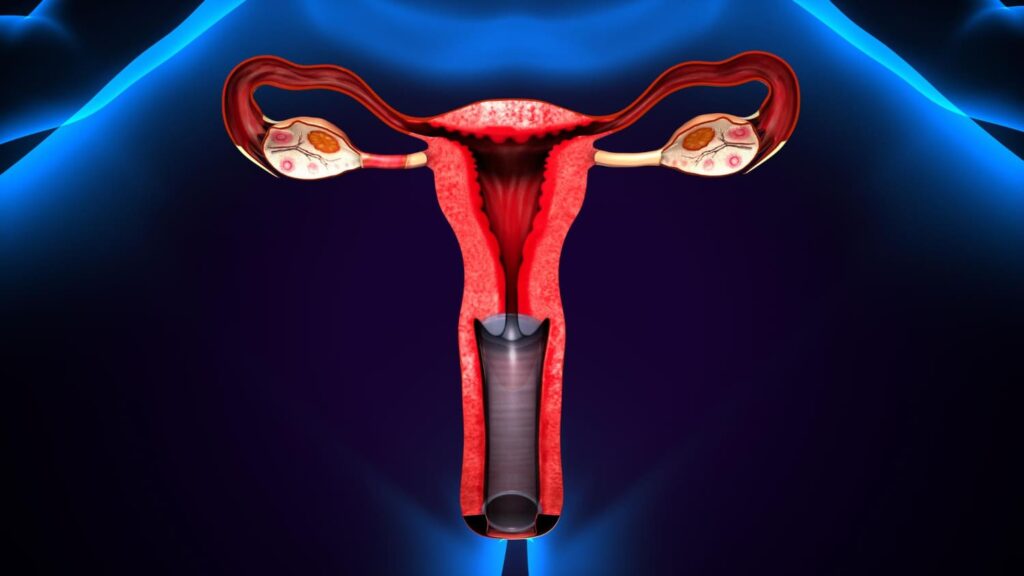
Simply put, endometriosis refers to the condition where tissue that should grow similar to the lining of your uterus or womb grows in the wrong place, such as the bladder and bowel. This condition leads to torturous pelvic pain.
Typically, this condition can start at a woman’s first menstrual period and will last until her menopause.
What Causes Endometriosis?
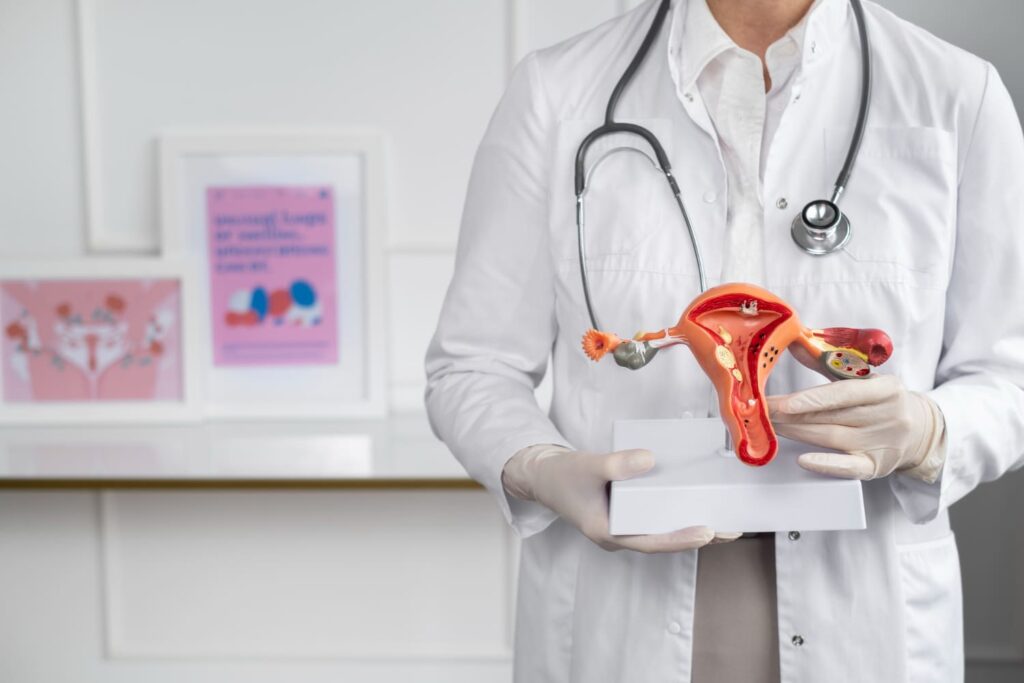
Unfortunately, the main cause of this condition still remains unclear, as stated by WHO. Some possible causes predicted by researchers are:
- Genetic factors
- Hormones
- Immune system issues
- Retrograde menstruation
- Surgical complication
- Endometrial cell transport
What are the Symptoms of Endometriosis?

The symptoms of this condition vary quite significantly. People with this health condition can have one or multiple symptoms at once or even no symptoms at all until further procedures are conducted.
Some common symptoms include:
- Excruciating menstrual pain
- Pain during sex
- Back or abdominal pain during or between periods
- Bowel movements pain
- Heavy bleeding during periods
- Spotting in between periods
- Infertility
- Digestive problems
- Fatigue
- Bloating
- Nausea
Who Gets Endometriosis?
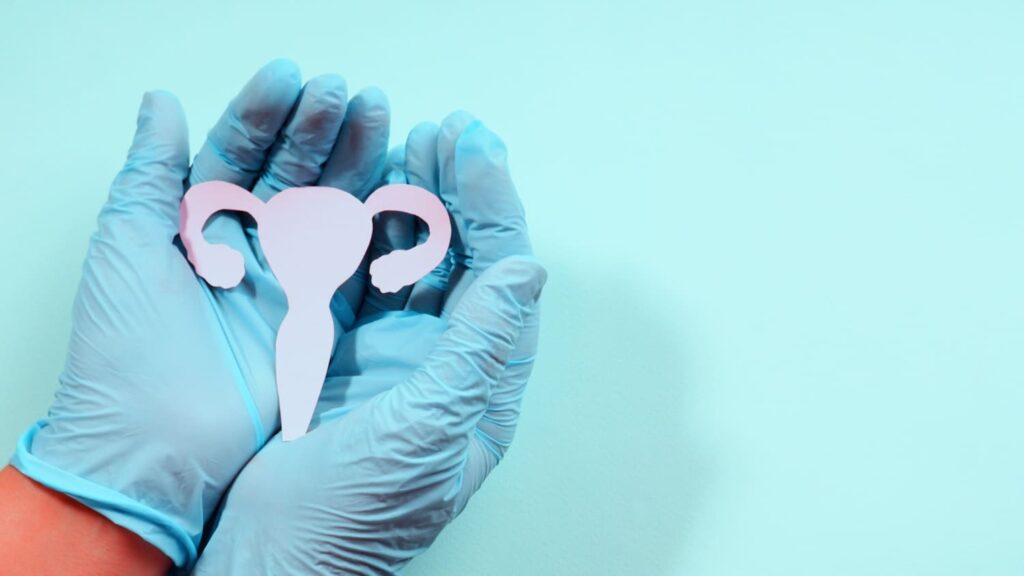
Women of all ages have the same possibility of getting this condition.
A 2022 research study revealed that the typical age for diagnosis of this condition is around 31.6 years.
Meanwhile, another study revealed that from 2021 to 2022, hospital admissions for endometriosis totalled 40,500, making it the twentieth leading cause of hospital stays for individuals 15-44 years old.
From this information, we can conclude that this condition can equally affect women across all age groups.
Some Tests to Check Endometriosis
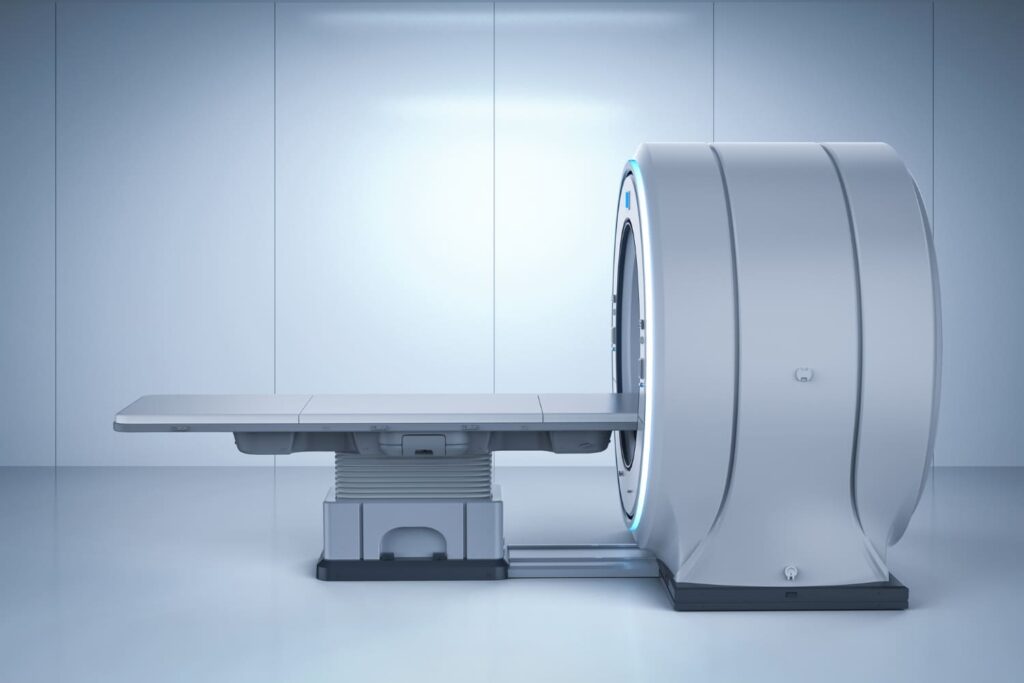
If you want to run a test to check this condition for early detection, consider these options:
Ultrasound
An ultrasound utilises a special camera called a transducer that uses sound waves to see inside the stomach. It’s a safe and easy way for doctors to look for signs of this condition without any cuts. They can use it on top of the stomach (transabdominal) or inside the vagina (transvaginal) to get a good view of the inside.
It helps doctors determine whether there is anything unusual that might be endometriosis, but sometimes, they need to perform more tests to be more conclusive.
Laparoscopy
While an ultrasound can’t be a truly reliable test for endometriosis when run alone, laparoscopy is the most reliable, effective, and accurate choice for both diagnosis and treatment.
It is a surgical technique that involves a small incision and the use of a laparoscope, a thin instrument with a camera to identify any endometrial tissue outside the uterus. This method may involve the surgeon to remove the abnormal tissue during the procedure.
Pelvic Exam
A pelvic exam is a quick, initial physical test in which a doctor checks the reproductive organs for signs of endometriosis. During the exam, the doctor assesses the pelvis for unusual changes like cysts, painful spots, or irregular growths.
While it can provide clues, it isn’t enough for a definitive diagnosis.
Magnetic Resonance Imaging (MRI)
This non-invasive test utilises magnetic fields and radio waves to craft detailed images of the body’s internal structures. It provides clear visuals of the pelvic organs and helps identify the presence and extent of endometrial tissue outside the uterus.
It’s particularly useful for spotting deep endometrial implants that might not be visible through other imaging methods.
What are Some of the Risk Factors for Endometriosis?
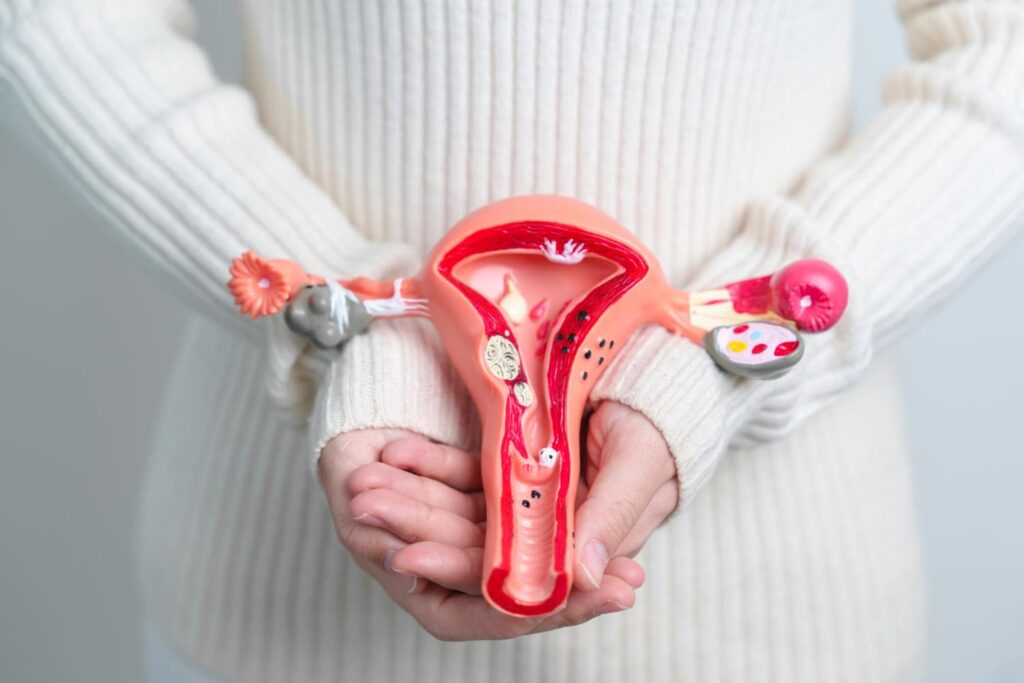
Several factors may increase the risk for women of having this condition, including:
- Having their period start at an early age (before the age of 11)
- Dealing with less than 27 days of period cycles
- Experiencing more than seven days of heavy menstrual flow
- Having a family history of this condition (mother, sister, or daughter)
- Being infertile
- Experiencing defects in the fallopian tubes or uterus
Can Endometriosis Be Prevented?
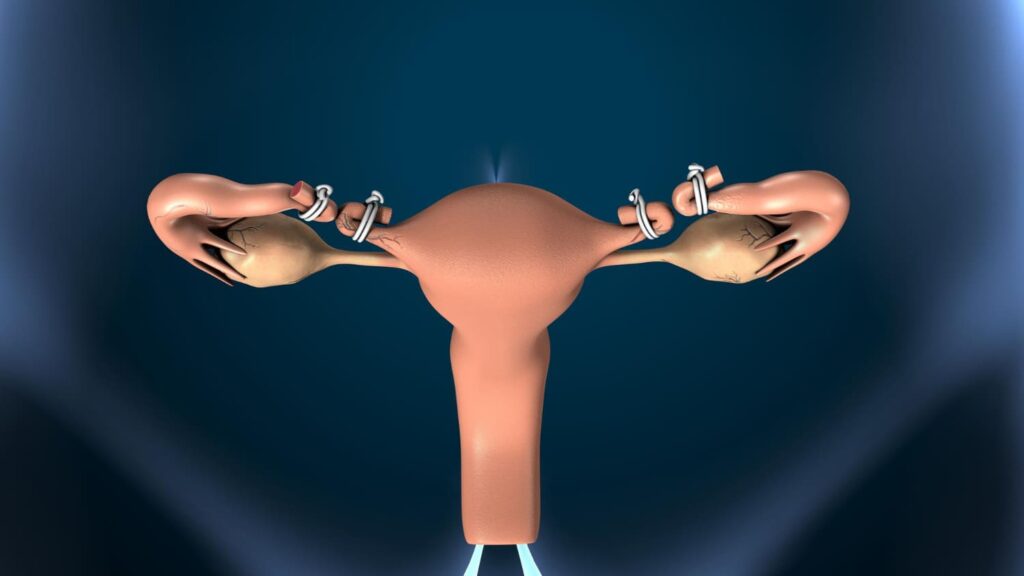
Unfortunately, this condition is not something considered preventable. However, there are several steps you may take to lower the risk of endometriosis, including:
- Regular exercise to maintain weight
- Consider caffeine intake
- Breastfeed
- Pregnancy
- Having your period started at a later age
Frequently Asked Questions
How common is endometriosis?
Yale Medicine reveals that this condition is unfortunately common for women of reproductive age (15-49 years), affecting up to 10% of them.
Is endometriosis genetic?
Global study shows that endometriosis is a condition that can run in families, so it can be considered as genetics for some women.
What other health conditions are linked to endometriosis?
Other health conditions linked to endometriosis include ovarian cancer, breast cancer, autoimmune diseases, chronic fatigue syndrome, asthma, allergies, fibromyalgia, chemical sensitivities, and more.
Conclusion
Endometriosis is a common health condition experienced by women, mostly at their reproductive age. Though the root cause of the condition remains unclear, preventative steps, such as living a healthy lifestyle, are able to reduce the risk of getting it.
If you experience the symptoms mentioned above and want to check up on your health, visit Wells Road Medical Centre for further professional assistance!

